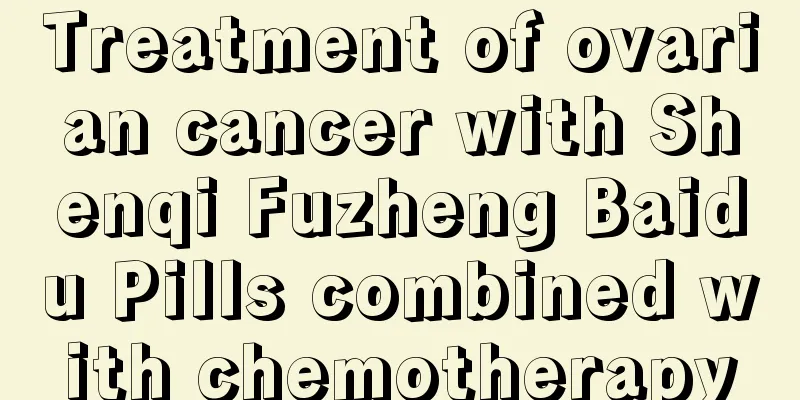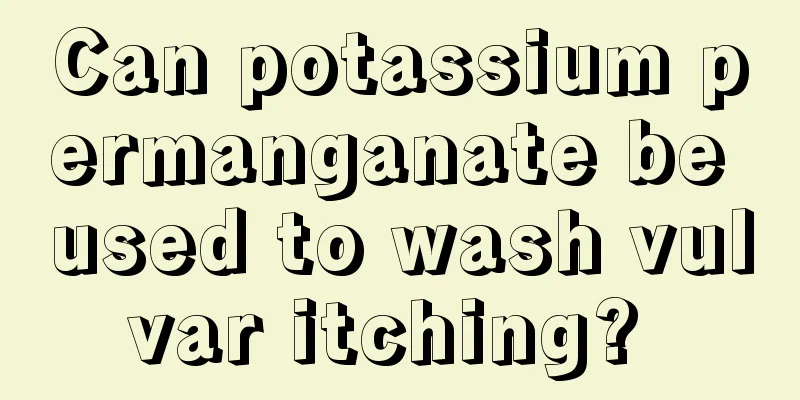It turns out there are 7 types of nursing measures for acute left heart failure

|
Acute left heart failure is a disease that has become more common in recent years. If rescue is not timely or care is not in place, it will pose a threat to the patient's life. Therefore, it is very important for the patient's family to understand the nursing measures for acute left heart failure. In fact, there are many kinds of nursing measures for acute left heart failure, and everyone must remember them. 1. Nursing measures for acute left heart failure: 1. Psychological care 2. General care: a. Posture, sitting, and lowering of legs → less blood returning to the heart b. Rest; c. Diet: low salt, low fat, easy to digest, multivitamin (containing potassium and magnesium), and multifiber; 3. Oxygen inhalation: 6-8 L/min, add 20-30% alcohol; 4. Drug treatment: a. Sedation: 5-10 mg of diazepam, 50-100 mg of pethidine, and 5-10 mg of morphine, subcutaneously injected. b. Cardiotonic: 0.2-0.4 mg of digoxin is injected intravenously to enhance myocardial contractility → increase cardiac output; c. Diuretic: 20-40 mg of furosemide; d. Vasodilator: 5-10 mg of nitroglycerin is administered by intravenous drip. e. Aminophylline: 0.25 mg intravenous push, in addition to the effect of bronchial dilation, can directly excite the myocardium, relieve bronchospasm, and enhance the effects of diuretic, cardiotonic, and vasodilator drugs. f. Hormone: Dxm 10-20 mg intravenously. Reduce peripheral resistance → decrease blood return to the heart → relieve bronchospasm. 5. Record 24-hour intake and output; 6. Strengthen skin and oral care; 7. Keep bowel movements smooth: Increased intra-abdominal pressure → increased burden on the heart → increased myocardial hypoxia; and due to excessive vagus nerve tension, reflexive arrhythmia → life-threatening; 8. Control the intravenous fluid infusion rate: 20-30 drops/minute; 9. Closely observe the changes in the patient's condition: a. Changes in vital signs, cyanosis and pulmonary signs; b. Toxic reactions of digitalis drugs. 2. Diagnosis of acute left heart failure: 1. Insufficient cardiac output: caused by acute heart failure; 2. Impaired gas exchange: associated with acute pulmonary edema; 3. Fear: related to a feeling of suffocation and difficulty breathing; 4. Lack of activity endurance: related to decreased cardiac output and dyspnea; 5. Ineffectiveness of clearing the respiratory tract: related to large amounts of foamy sputum; 6. Excessive body fluid: Lower limb edema: related to systemic congestion; 7. Potential complications: cardiogenic shock, sudden death, digitalis poisoning |
<<: Can you drink beer when you have a cold or fever? Beer lovers must know this
>>: This is what causes onychomycosis on the big toe
Recommend
What causes of laryngeal cancer are often ignored by patients?
Experts say that the cause of laryngeal cancer is...
The difference between melanoma and nevus
Melanoma and melanocytic nevus are two completely...
How to treat advanced pancreatic cancer
The patient, a 65-year-old male, was in the advan...
How to effectively prevent lung cancer? Teach you five effective ways to prevent lung cancer
Prevention and treatment of chronic bronchitis: S...
How to correct lateral bone development?
For many growing teenagers, bone development is v...
How to detoxify lymph effectively
Lymph is the most important component of our huma...
How long can you live with advanced gastric cancer? Doing 3 more things in your daily life can prolong your life
Gastric cancer is one of the common digestive tra...
Is it easy to recover from severe bleeding after pancreatic cancer surgery?
Pancreatic cancer is like other diseases. When th...
What is the reason for sagging face
The loose flesh on the face is mainly related to ...
Why can't liver cancer be detected in its early stages?
The early symptoms of liver cancer are usually hi...
It is very simple to prevent liver cancer, just follow the "four no-eating" principle
Liver cancer is the most common "health kill...
Drug treatment for esophageal cancer
The proliferation cycle of normal esophageal epit...
What are the symptoms of insufficient liver and kidney function?
The liver and kidneys are both important organs o...
What are the sequelae of craniotomy for cerebral hemorrhage?
Cerebral hemorrhage is a disease caused by ruptur...
Is a pulse of 77 normal?
The pulse rate of an adult is usually 70-80 beats...









